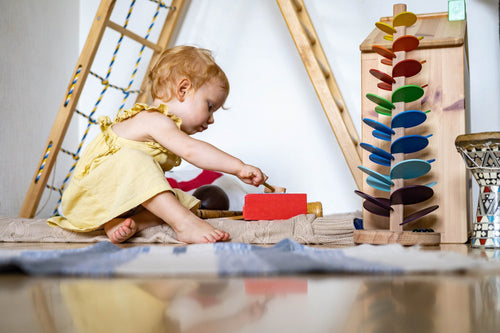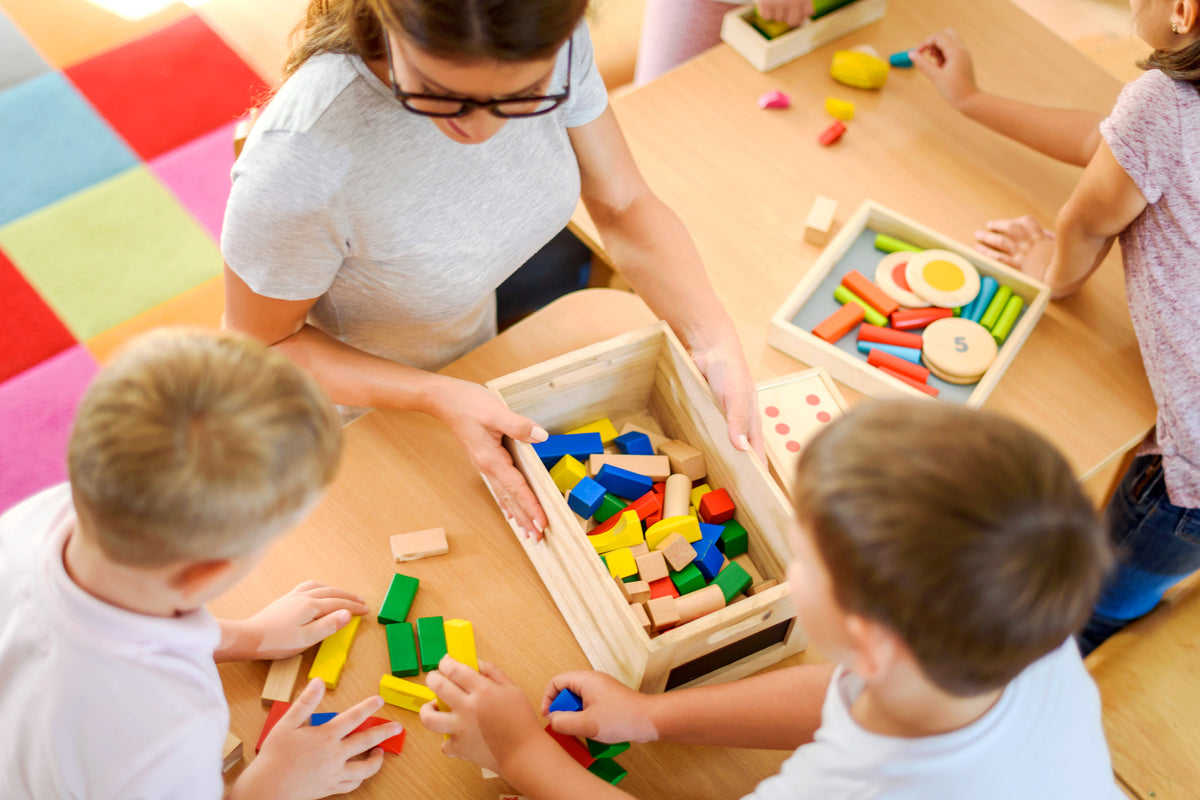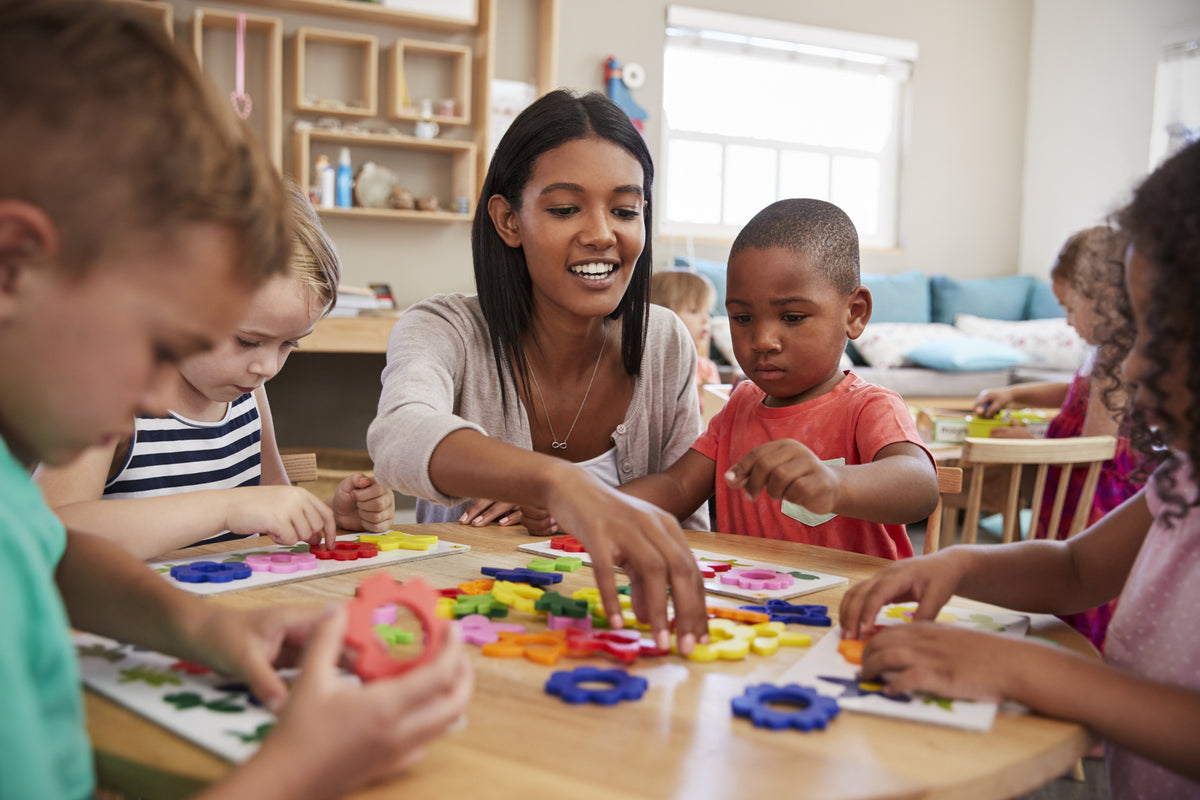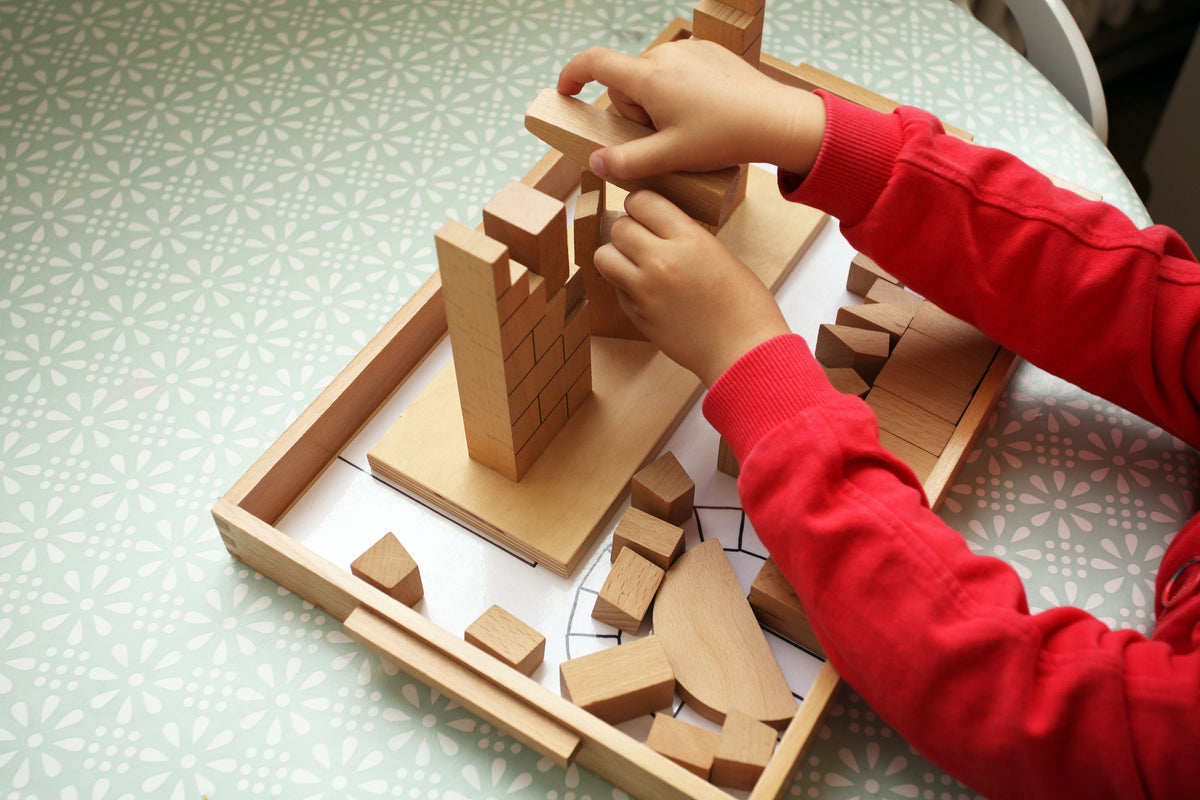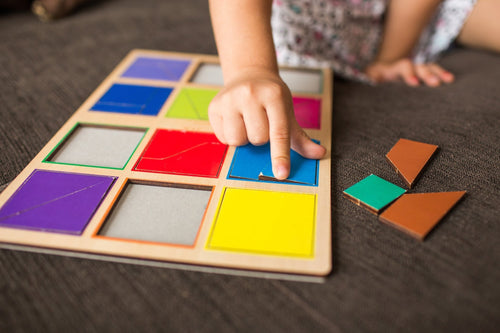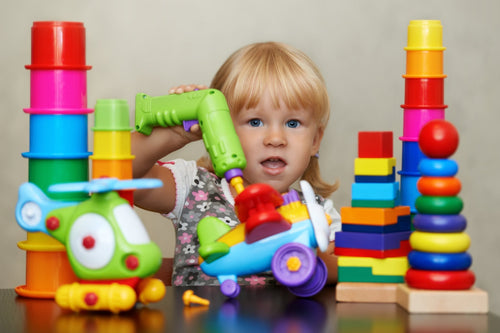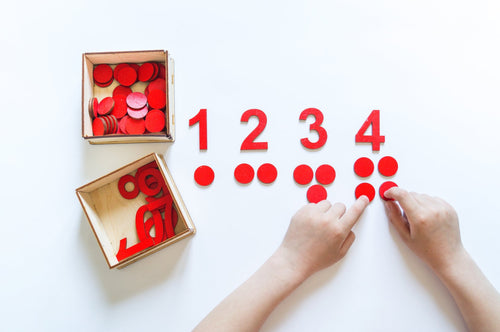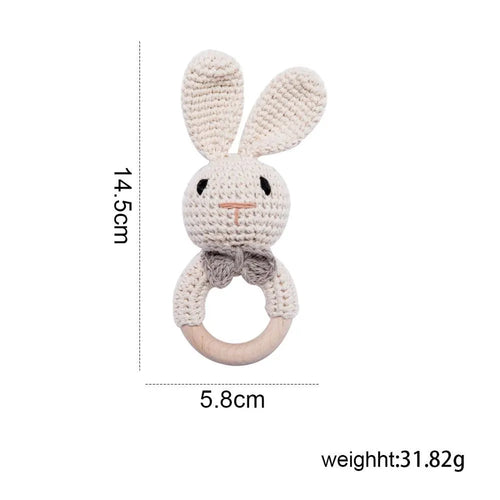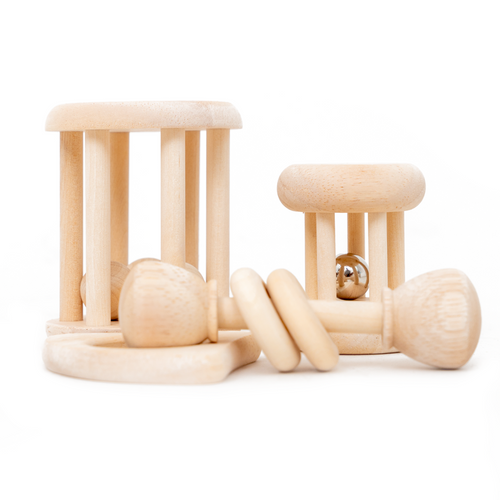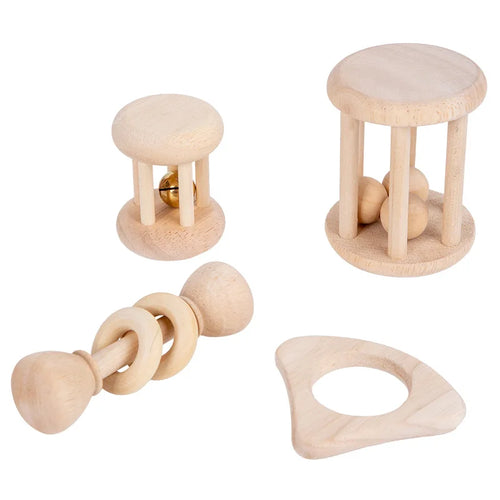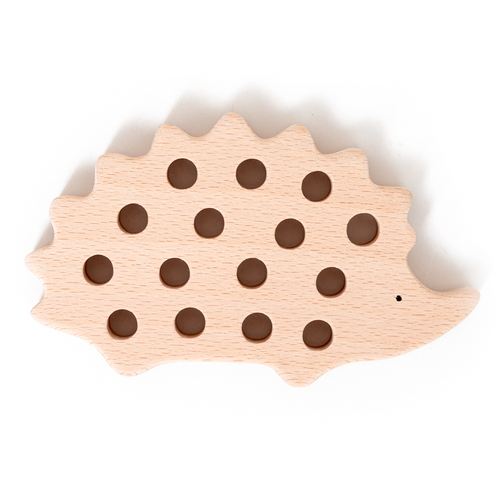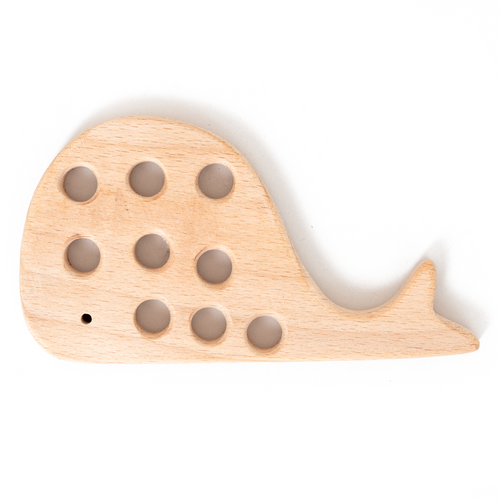Quick picks:
- Vestibular (movement): wobble board standing 30–60s; slow swings front↔back; scooter-board belly ride; balance beam line (tape).
- Proprioception (heavy work): wall push-offs ×10; carry books/laundry; resistive putty squeeze ×20; push a weighted toy cart.
- Combo routine (3 min): beam walk → wobble board → wall push-offs → 5 slow breaths while watching a glitter timer.
What are the vestibular and proprioceptive senses—and why do they matter for school and home?
Direct answer: The vestibular system (tiny canals in the inner ear) detects head position, gravity, and acceleration. It stabilizes the eyes while the head moves, supports upright posture, and helps the brain predict movement. Proprioception is feedback from muscles and joints that says, “Your elbow is bent; squeeze harder/softer.” Together they power safe climbing, handwriting pressure, ball skills, seated attention, and the calm-alert state for learning.
- Everyday impacts: kids who slump at the table, push too hard on pencils, crash into peers, or seem “drifty” often need better-matched vestibular/proprioceptive input.
- Academic bridges: steady eyes → easier reading lines; graded force → neater handwriting; postural stamina → longer focus windows.
Sources (section): Harvard Center on the Developing Child—executive function & self-regulation developingchild.harvard.edu; CDC—child development and motor milestones cdc.gov.
How do movement toys actually train balance, posture, and focus?
Direct answer: When children sway, lean, tip, or glide, inner-ear receptors fire. The brain integrates those signals with vision and body feedback to keep the eyes still and the trunk steady. Repetition strengthens the circuits—like practicing a musical scale. Short vestibular bouts followed by proprioceptive “heavy work” often produce the biggest regulation gains: move the body → then press or carry to “seal in” the calm.
Why this helps focus: better head/eye stabilization reduces visual “jumpiness” while reading; improved trunk endurance reduces fidgeting; proprioceptive input tamps down stress arousal and supports “ready to learn.”
Sources (section): AAP—family summary on sensory integration therapies healthychildren.org; NICHD—self-regulation overview nichd.nih.gov.
Indoor vs. outdoor: which toys and setups give the best “bang for your minute”?
Indoor vestibular picks (small footprint)
- Wobble board / balance disk: stand 30–60s, side-to-side rocks; progress to eyes-forward counting or pass a beanbag.
- Painter’s tape beam: heel-to-toe along a taped line; add “freeze” cues to build control.
- Scooter board: belly ride with arms; set two cones to push and return; finish with wall push-offs ×10.
- Doorway swing (slow arcs): front↔back or side↔side only; avoid fast spinning; stopwatch 1–2 minutes maximum per round.
Indoor proprioception picks (heavy work)
- Wall push-offs; chair push-backs; animal walks (bear, crab) down a hallway and back.
- Weighted cart or box push across carpet; carry 2–3 books to a shelf; knead resistive putty ×20 squeezes.
- Compression play: stretch a giant loop band around hips for slow sidesteps; give a tight “burrito” wrap with a blanket (supervised, brief).
Outdoor vestibular picks (free + powerful)
- Playground swings with slow, linear motion; count 20 arcs; stop, then hop down to heavy work.
- Climbing and sliding; balance on a curb; scooter or balance bike laps on a quiet path.
- Nature beam: walk a downed log, hand in hand; “freeze” game to control head and eyes.
Outdoor proprioception picks
- Push a wagon with books or sand; rake leaves; fill and carry two small watering cans.
- “Rock carry relay”: move 4–6 smooth stones from one bucket to another; celebrate the last transfer.
Sources (section): CDC—physical activity & classroom movement ideas (adaptable at home) cdc.gov; HealthyChildren—play & motor skill guidance healthychildren.org.
Timing & pacing: how long, how often, and what order?
Direct answer: Aim for 2–5 minutes per round, 1–3 rounds across long work blocks, plus one proactive set before known challenges (circle time, homework). Most children respond best to vestibular first, proprioception second, then a short quiet cue (breathing or glitter timer) before returning to seated work.
- Sample 3-minute routine: beam walk 60s → wobble board 60s → wall push-offs ×10 + putty ×20 → 5 slow breaths.
- Proactive placement: run a routine 10 minutes before the tough task, not after the struggle starts.
- Stop rule: if your child looks flushed/dysregulated after two rounds, decrease intensity or switch to full proprioceptive input only.
Sources (section): Harvard—short, repeated practice for self-regulation developingchild.harvard.edu; AFIRM (UNC)—prompting & reinforcement to build routines afirm.fpg.unc.edu.
Safety first: smart guardrails for movement and “heavy work”
Direct answer: Choose slow, linear swing arcs; avoid fast spinning; keep activities ground-level or with hand support. Weighted items require supervision and should be awake-only, time-limited, and size-appropriate. For toddlers, keep surfaces clear, stay within arm’s reach, and use non-slip mats.
- Choking & small parts: follow AAP/CPSC guidance for under-3s; inspect toys regularly.
- Contraindications: if your child has a vestibular disorder, seizures, heart/respiratory conditions, or hypotonia, consult your clinician/OT before adding intensity.
- Stop signals: pallor, nausea, fear, or “sillies” that escalate after input → pause, switch to calm pressure, and reduce next time.
Sources (section): AAP—toy safety & weighted items cautions healthychildren.org • weighted items; CPSC—toy safety center cpsc.gov.
How to present activities so kids succeed (Montessori-inspired)
Direct answer: One tray, one goal. Place the toy at child height. Model slowly in silence (counting on fingers if needed), then invite: “Your turn.” Step back. End with a reset (return tool, wipe board, roll tape line with a finger). Offer 2–3 choices, not a buffet.
- Control of error: wobble board ring marks for foot placement; balance line with dots to step on; cart path with two cones.
- Language after action: let the body move first, then add precise words (“slow arc,” “press gently,” “heel-to-toe”).
- Rotate weekly: swap one variable (speed, surface, distance) while keeping the routine the same.
Sources (section): American Montessori Society—presentation & observation principles amshq.org; NICHD—experience-dependent learning nichd.nih.gov.
Age-by-age ideas (with simple progressions)
Babies (with caregiver)
- Slow rocking while seated; tummy time over a rolled towel; gentle “airplane” at chest height for 3–5 seconds.
Toddlers (12–36 months)
- Tape line walks; small step up/down holding a hand; push a soft bin across a rug; scooter-board belly pulls.
Preschool (3–6 years)
- Wobble board with beanbag pass; curb balance; scooter laps around two cones; wagon push with books; animal walks relay.
Early elementary (6–8 years)
- Longer beam paths; hopscotch patterns; balance bike to playground then swing + cart push circuit; resistance band sidesteps.
Sources (section): CDC—age-appropriate activity & milestones cdc.gov; HealthyChildren—play & movement tips healthychildren.org.
For neurodivergent learners (autism, ADHD, dyspraxia)
Direct answer: Keep routines predictable, choices limited, and intensity low→moderate. Start with linear motion (front↔back swing) before any arcs. Pair every vestibular dose with heavy work to anchor regulation. Use visual cards: “Move → Push → Breathe → Back to Desk.” Respect “no”; consent is a regulation tool, not a barrier to learning.
- IEP/504 alignment: document location, tools, duration (2–5 m), cue, and who prompts; log return-to-task time.
- Vision supports: for kids who lose place on the page, add brief head/eye stabilization games (fix eyes on a sticker while you sway the body slightly).
Sources (section): AAP—sensory therapies overview for families healthychildren.org; AFIRM—visual supports & routines afirm.fpg.unc.edu.
How to measure progress (so you know the routine is working)
Direct answer: Track one or two visible metrics for two weeks: (1) minutes on task before first redirect, (2) number of posture reminders, (3) handwriting pressure (“too hard/just right”), (4) transition time back to work after a break. Use a one-line log: trigger → routine used → return time → adult prompts. Review weekly and tweak intensity or order.
In class, use a 5-point rubric for “ready to learn” posture and a tally for “redirects before first success.” If data stalls, swap spinning/fast inputs for slower linear motion and increase proprioception minutes.
Sources (section): CDC—observation and classroom movement cdc.gov; AMS—observation in prepared environments amshq.org.
Related TinyLearns guides
FAQ: Vestibular & proprioception toys
Is spinning ever okay?
For most children, prioritize slow, linear motion (front↔back/side↔side). If spinning is used, keep it rare, slow, and paired with heavy work afterwards. Stop immediately if nausea, fear, or dysregulation appears.
How heavy should a “weighted” item be?
Follow manufacturer guidelines; always supervise; avoid during sleep; consult your clinician/OT for individualized recommendations.
My child gets “wilder” after the swing—what now?
Reduce speed/time, switch to linear motion only, and follow with 1–2 minutes of heavy work (push, carry, squeeze). Consider placing the swing round earlier, then ending with a calm cue.
Can these routines replace exercise?
No—think of them as precision “doses” to prepare the brain for learning. Children still need daily active play and outdoor movement.
Sources & further reading
- American Academy of Pediatrics — Sensory Integration Therapies (Family Summary): https://www.healthychildren.org/English/health-issues/conditions/developmental-disabilities/Pages/Sensory-Integration-Therapies.aspx
- HealthyChildren (AAP) — Toy Safety Tips: https://www.healthychildren.org/English/safety-prevention/at-home/Pages/Toy-Safety-Tips.aspx
- HealthyChildren (AAP) — Weighted Items Safety: https://www.healthychildren.org/English/health-issues/conditions/chest-lung/Pages/Weighted-Blankets-and-Other-Items-What-Parents-Need-to-Know.aspx
- CDC — Child Development & Classroom Physical Activity: https://www.cdc.gov/ncbddd/childdevelopment/index.html • https://www.cdc.gov/healthyschools/physicalactivity/classroom-pa.htm
- NICHD — Self-Regulation Research Overview: https://www.nichd.nih.gov/about/org/od/odbb/self-regulation
- American Montessori Society — Observation & Prepared Environment: https://amshq.org
- U.S. Consumer Product Safety Commission — Toy Safety Center: https://www.cpsc.gov/Safety-Education/Safety-Education-Centers/Toy-Safety

